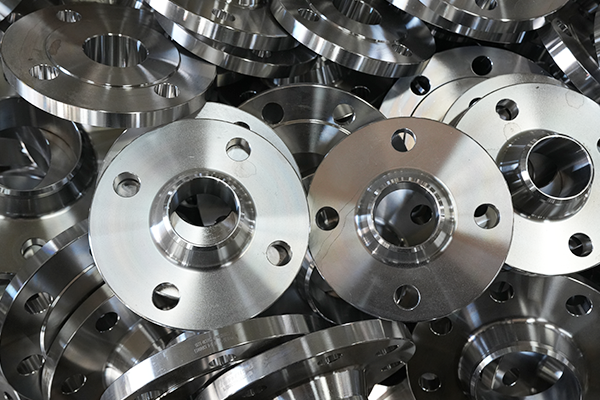NewsDetails
Common Quality Issues in Polyurethane Foam Insulation Layers
author:Zhantong time:2025-05-23 01:32:11 Click:187
Common Quality Issues in Polyurethane Foam Insulation Layers
Poor Adhesion to Pipe Surface
Leads to delamination or gaps between the foam and steel pipe, reducing insulation effectiveness.
Often caused by inadequate surface preparation or contamination.
Foam Voids and Honeycombing
Presence of air pockets or uneven foam density inside the insulation layer.
Results in thermal bridging and reduced insulating performance.
Cracking and Shrinkage
Foam may crack or shrink during curing or service, compromising the protective barrier.
Caused by improper formulation, curing conditions, or temperature fluctuations.
Inconsistent Thickness
Uneven application leads to areas with insufficient insulation thickness, affecting heat retention.
Often due to poor spraying technique or equipment malfunction.
Moisture Absorption and Water Ingress
If the foam is porous or protective coatings fail, water can penetrate, causing corrosion and thermal performance loss.
Poor Surface Finish and Coating Defects
Surface irregularities, roughness, or coating peeling on the foam layer reduce durability and weather resistance.
Chemical Resistance Issues
Exposure to incompatible chemicals may degrade the foam or its adhesion properties.
Summary
Ensuring strict control over surface preparation, foam formulation, application methods, and curing conditions is essential to prevent these common quality issues and guarantee the long-term effectiveness of polyurethane foam insulation in steel pipes.
 Recommended Products
Recommended Products
 Contact us
Contact us
—— Contact:Manager
—— Tel:+86 15231788966
—— Email:info@zhantongpipe.com
—— Url:https://www.zhantongpipe.com
—— Address:Mengcun Hui Autonomous County, Cangzhou City, Hebei Province









